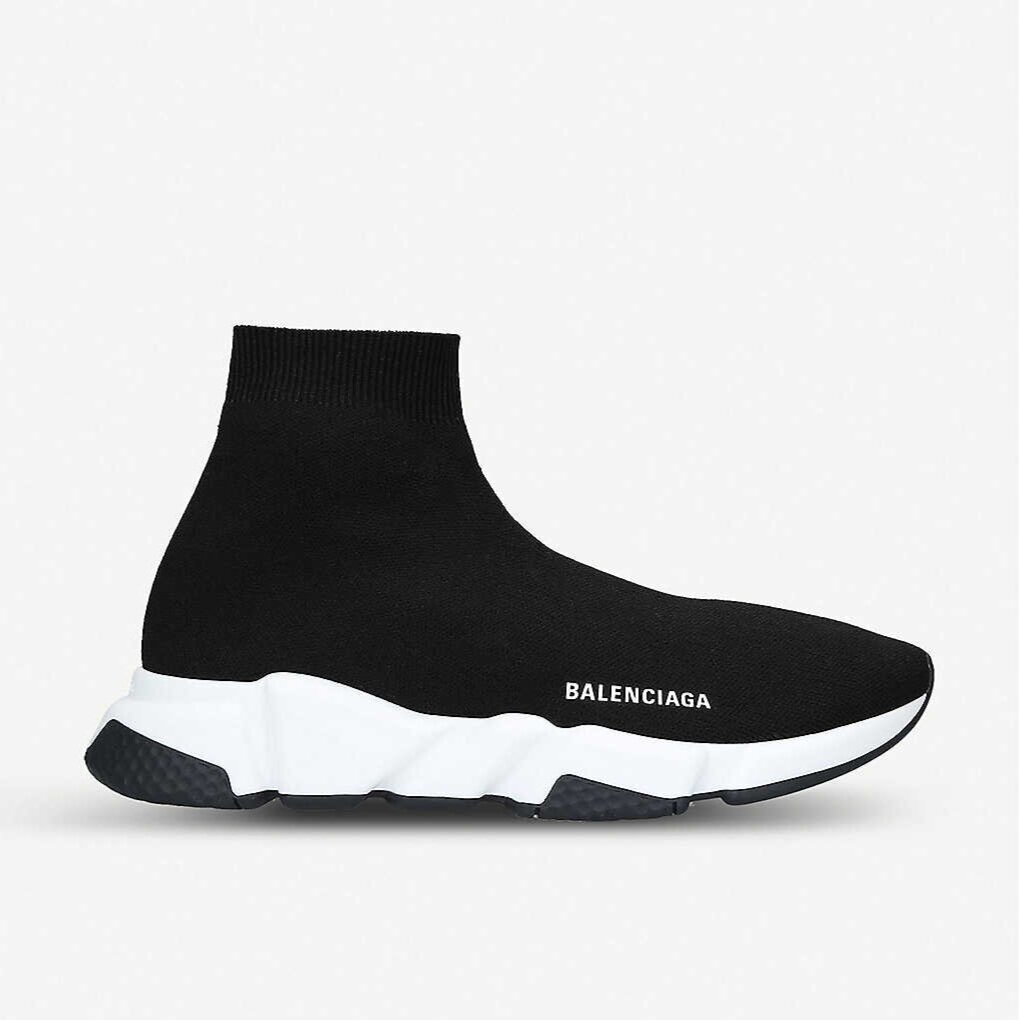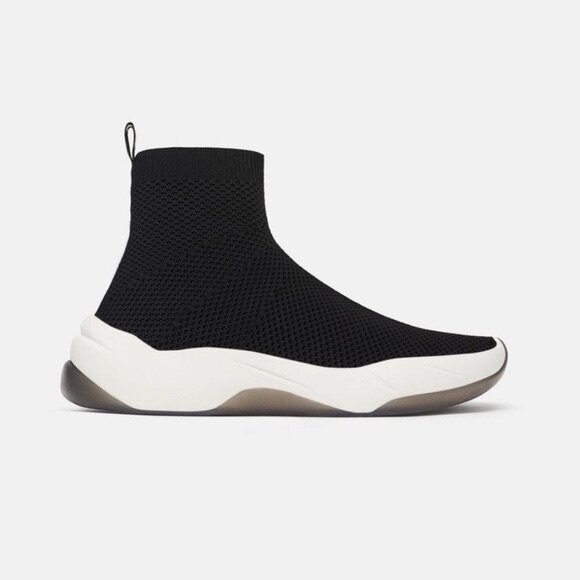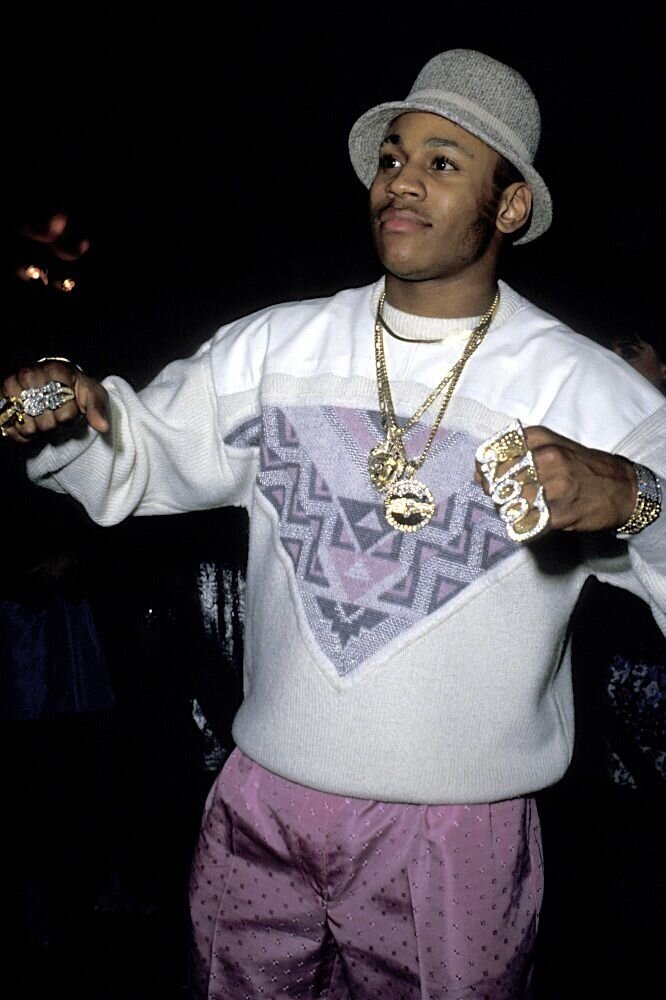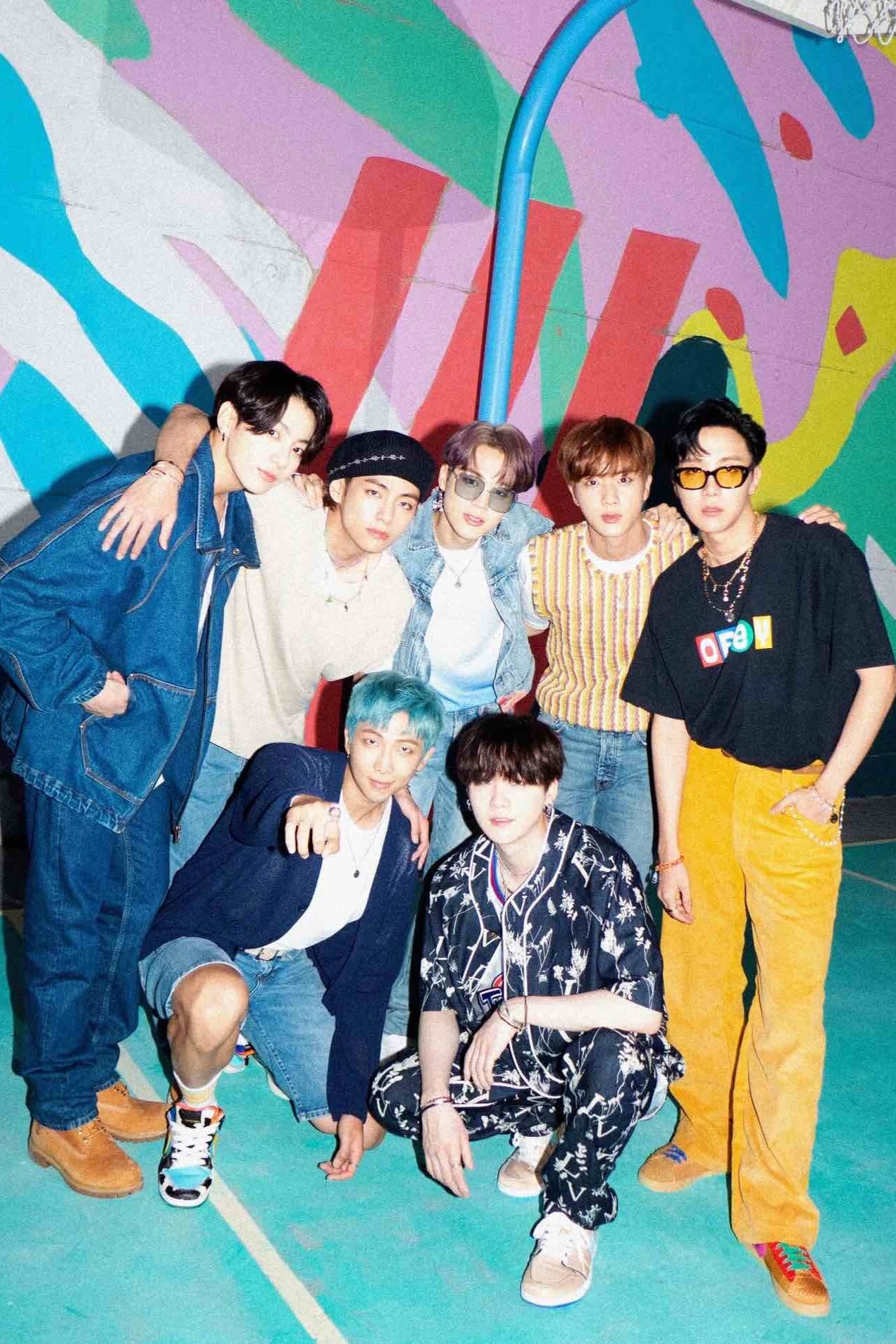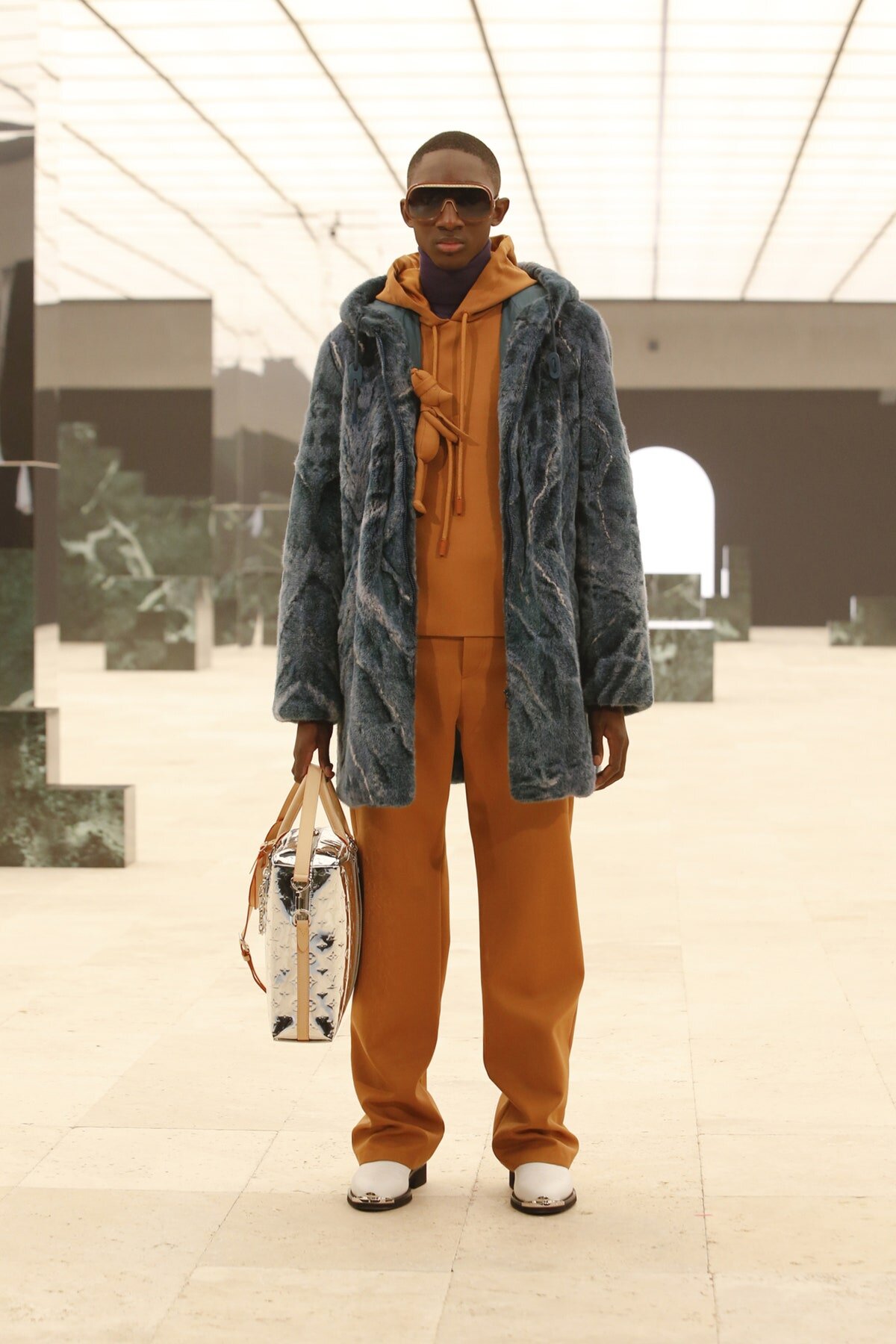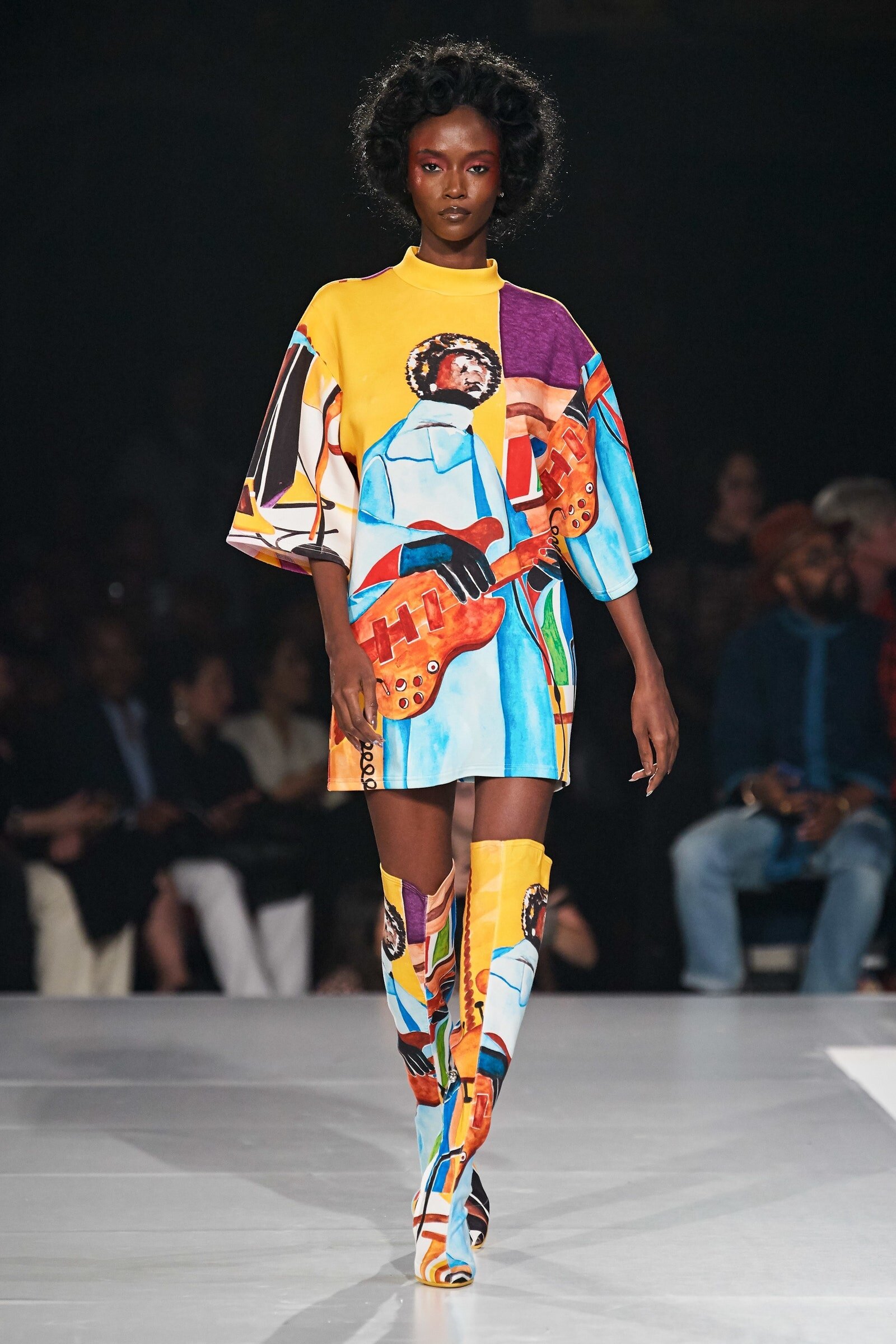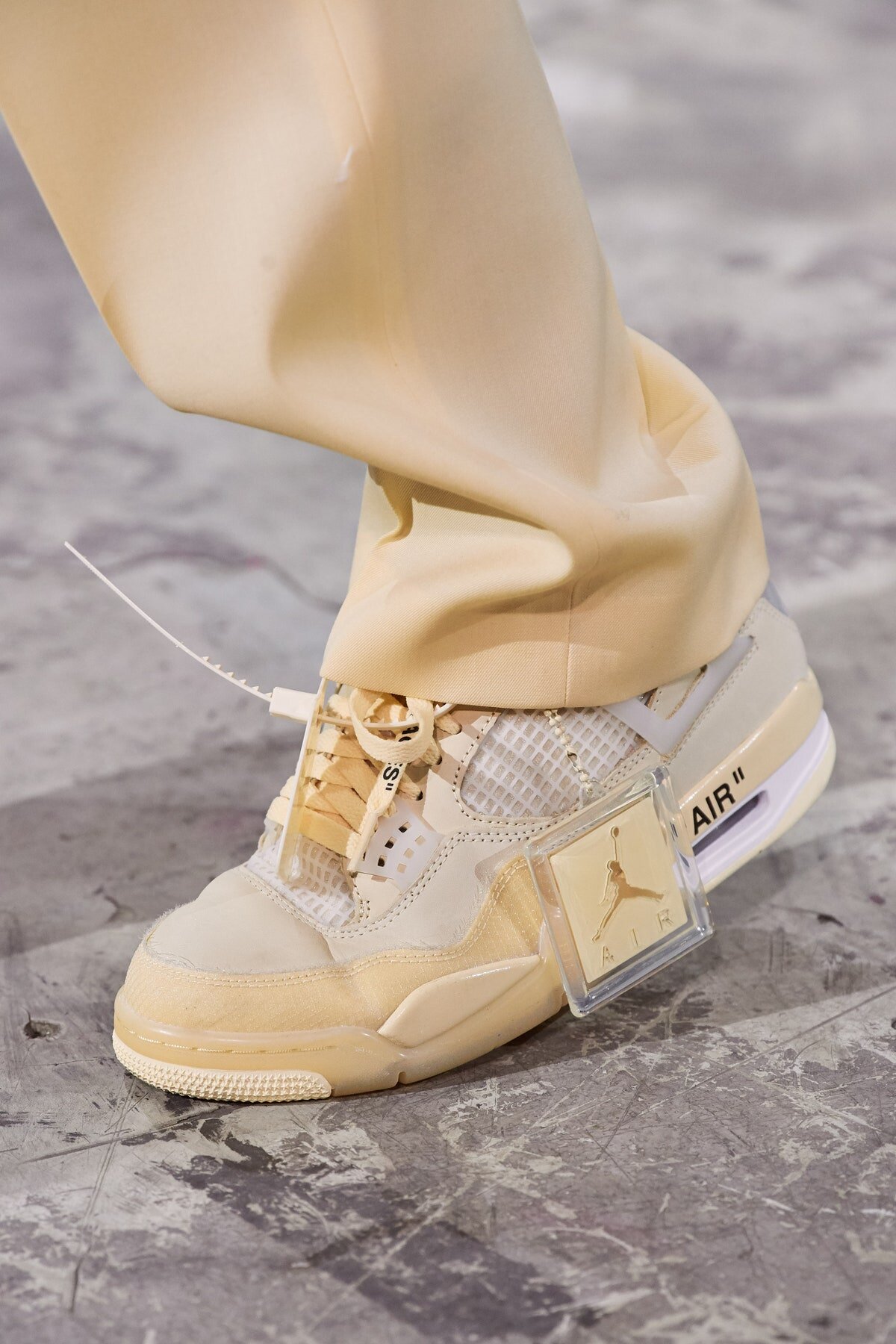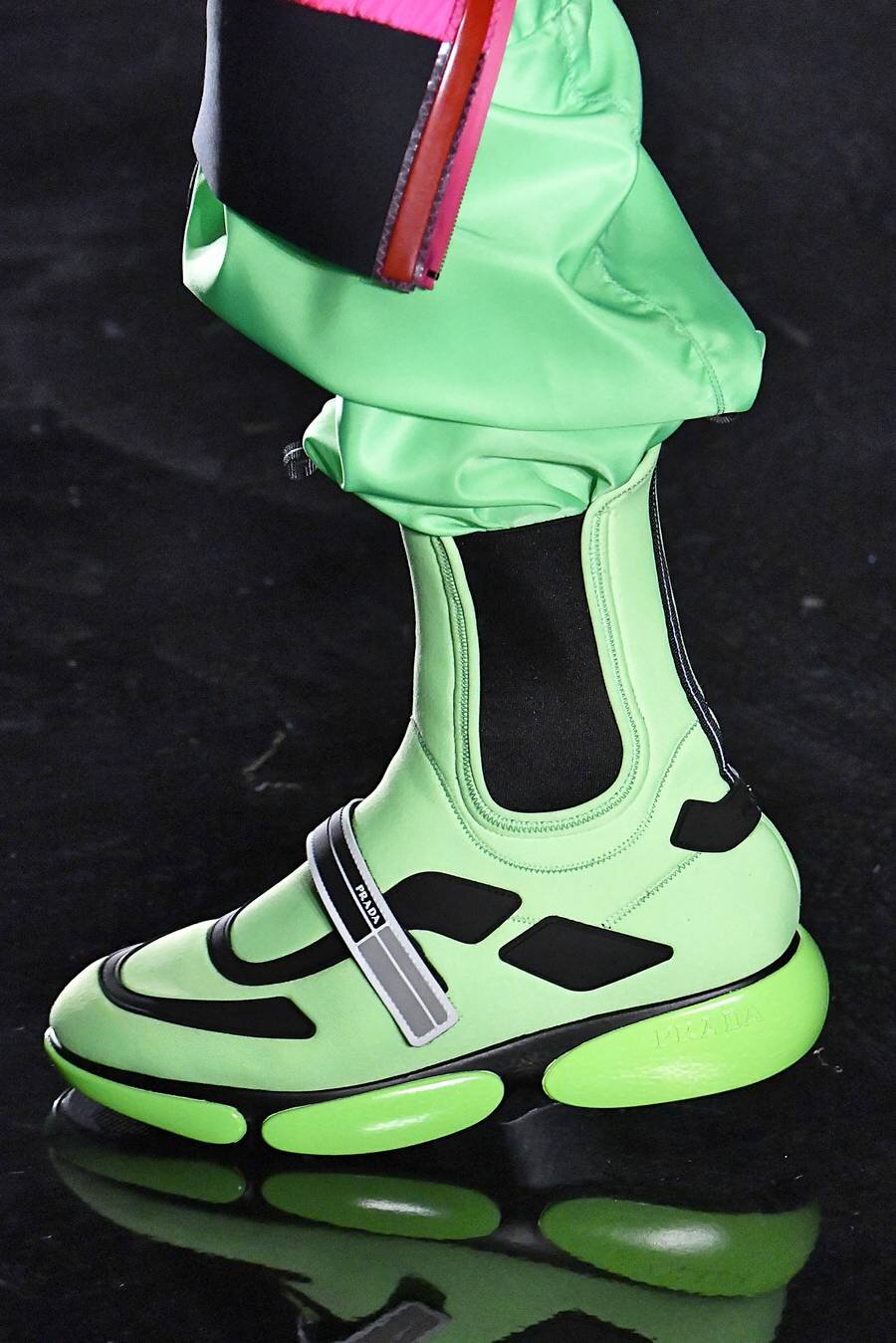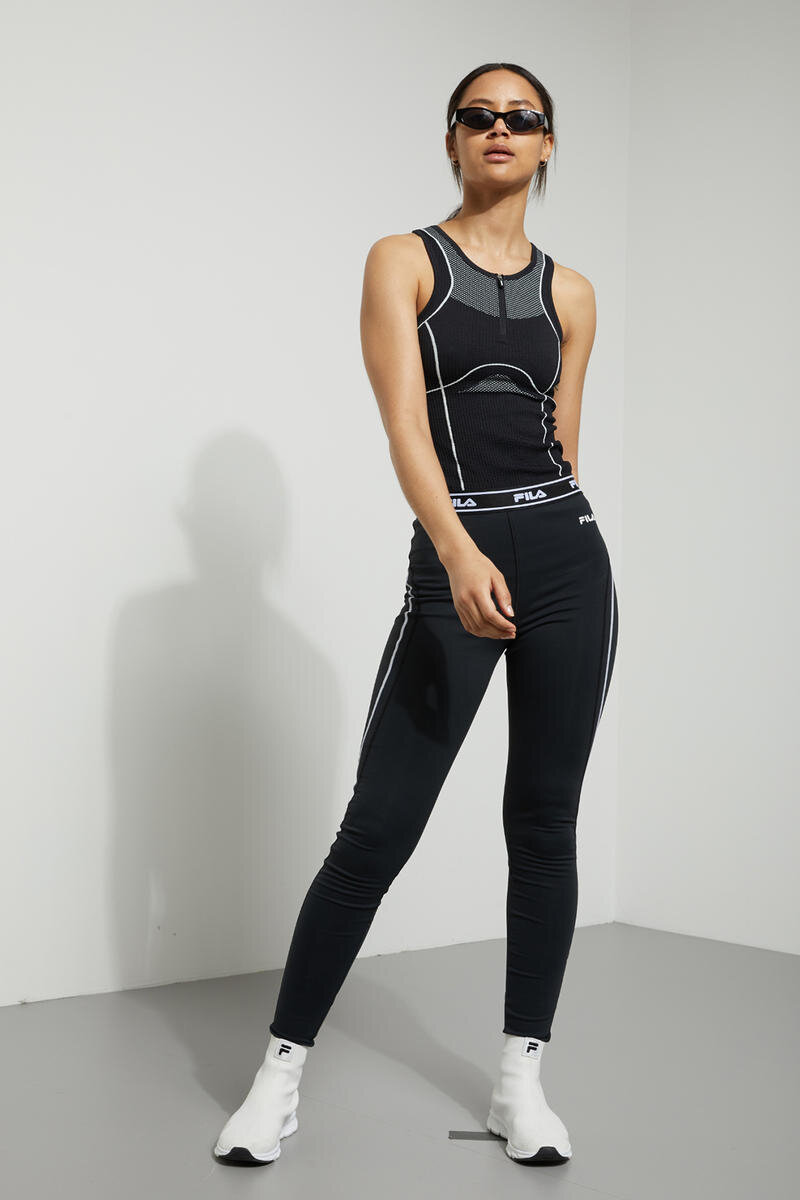What is Streetwear? Must-Know Info About Fashion's Biggest Buzzword
Ask any hypebeast and they'll tell you that streetwear is not a trend. It's a lifestyle.
Streetwear is one of the fastest-growing and most powerful areas of the fashion industry. According to Business of Fashion, the global streetwear industry was worth an estimated $309 billion dollars in 2017. In a survey by Hypebeast, 45% of consumers surveyed say they purchase an item of streetwear clothing at least once a month, and 62% said they think streetwear products are always in style. Whether you like it or not, the streetwear fashion movement is here to stay.
That's why we're breaking down the biggest buzzword in fashion— streetwear—to help you understand the complex, multi-billion dollar industry that's taken over the global fashion scene. If you weren't already a hypebeast, you will be by the time you finish reading this.
We're giving you the 411 on streetwear fashion— right here, right now.
What is Streetwear?
The Definition of Streetwear
On its surface, the definition of streetwear is deceptively simple. The fashion industry defines streetwear as fashionable, casual clothing worn by followers of popular culture. The majority of these followers are under 30, live in urban areas, and belong to a subculture group (ex. skateboarders or hip-hop music fans).
The fashion industry has a difficult time pinpointing exactly what qualifies as streetwear style. It has a wide range of influences including skate and surf culture, hip-hop music, sports, haute couture fashion, and K-Pop. Its customer base is similarly diverse, spanning across every income level, socioeconomic status, and corner of the globe.
And no, we aren't just getting lazy. Streetwear is much more than a widespread shift towards casual clothing. Behind the overpriced t-shirts, mile-long lines at sneaker releases, and the designer logos slapped on literally everything imaginable, there's a whole lot more than meets the eye.
Streetwear's Influence on the Traditional Fashion Model
Streetwear flips the traditional fashion model on its head. In the past, designers and trend forecasters dictated what trends made it to the runway, buyers determined what styles made it in-store, and magazine editors told consumers what they should and shouldn't buy during the upcoming season. But now, through streetwear's predominantly direct-to-consumer model, it's the consumers themselves who are driving trends.
Streetwear didn't just disrupt fashion, it democratized it. Today's digital world means that street style from high-status individuals like influencers, celebrities, and musicians have a huge influence on what we find fashionable. Social media allows anyone to become an influencer or start their own clothing label. In streetwear, it's the millions of users liking, sharing, and retweeting that determine what the next trend is instead of the fashion elite.
Many streetwear brands sell exclusively through their own websites instead of through traditional retail channels. They also use single product drops (sneakerhead jargon for a product release) instead of following a traditional runway calendar. By releasing a limited quantity at a set time, brands can increase hype beforehand, ensure scarcity, and create high resale value after the product sells out. Some product drops require potential customers to enter a lottery just to shop for the product.
Streetwear as a Status Symbol
Luxury streetwear highlights the complex role fashion plays in our consumer culture. The logo on your chest or the sneakers on your feet represents more than the brand behind them. Slap a designer label on an item and it's a sign of status and exclusivity. These expensive labels are symbols of social status that reflect your income level and personal values.
Balenciaga Speed Trainers
Zara knock-off
In fashion, there's the haves (those in Balenciaga) and the have-nots (those in the Zara knock-offs). Because not everyone can get their hands on an exclusive pair of designer sneakers or afford to shell out a few hundred dollars for them, the fast fashion industry quickly hopped on the streetwear bandwagon to offer customers affordable dupes. While the untrained eye may be unable to tell the difference, an avid hypebeast can spot a fake or a hard-to-find designer piece from a mile away. Sneaker culture is very #IYKYK.
Streetwear as a Reflection of Pop Culture
Streetwear acts as a reflection of the current cultural landscape. What's considered street fashion changes as the people who wear it change too. Part of what's led to the industry's success is its inclusivity. Unlike most areas of fashion, streetwear is often size-inclusive, gender-neutral, and made or worn by people of color.
LL Cool J
BTS
An example of streetwear's connection to pop culture can be seen through the various styles of music that influence street style. Throughout its history, streetwear has predominantly been influenced by hip-hop. Yep, you can thank the 80's and 90's rap scene for gold chains, tracksuits, bucket hats, and white Nikes. Hip-hop and fashion have a complex relationship spanning for decades.
Recently, streetwear has seen a new influence: K-Pop. Thanks to the worldwide popularity of K-Pop bands like BTS and Blackpink, streetwear is expanding its musical taste.
What Is Considered Streetwear?
Regardless of whether you're sporting an expensive designer tee with a logo slapped on it, or an affordable one from Zeitgeist *wink, wink* your fashion choices communicate something about who you are and what you value. Choose brands that reflect your personal style and fashion values.
Streetwear is extremely personal and depends largely on personal style, location and income level, so there's really no right or wrong way to wear streetwear. Style things in a way that feels authentic to you, not based on the #sponsored posts on your feed. Remember that at its core, streetwear is about mixing comfort and practicality with self-expression.
Hoodies & Sweatshirts
Louis Vuitton
Versace
Balenciaga
T-Shirts
Dior
Palm Angels
Pyer Moss
Sweatpants
Burberry
Vetements
Moschino x H&M
Sneakers
Off-White
Gucci
Prada
The Origins of Streetwear
When did streetwear start as a fashion trend?
Streetwear as we know it now began in the 1980s and 1990s.
In the United States, the modern streetwear movement can be traced back to California's surf and skate culture. In the 80s and 90s, the cool thing to do was deck your board out with cool stickers. Pretty soon boarders weren't just putting logos on their decks, they were wearing them too. Enter MTV and the trend explodes.
Streetwear was also heavily influenced by the early hip-hop fashion scene of the 80s and 90s. Streetwear's most important item, sneakers, came out of both hip-hop and basketball, two predominantly Black subcultures. This laid-back athletic-inspired style was an instant success when rappers like Jay-Z Snoop, and Biggie hit the mainstream and athletes like Michael Jordan began selling sneakers.
“If you’re talking about the origins, then I think what we call street fashion now has naturally flowed on from skateboarding; but the current reality is different. It feels like sneaker culture now; sneakers and hip-hop culture have become the street culture.”
Who started streetwear?
While it's difficult to pinpoint exactly who started streetwear, there are a few key players recognized as pioneers of the streetwear industry we know today:
Shawn Stussy, founder of California surf brand Stussy
James Jebbia, founder of skate brand Supreme
Dapper Dan, a Harlem-based designer who created luxury streetwear for hip-hop artists and influential people of color
What are the best streetwear brands?
Streetwear brands fall into four categories: original, sportswear, adopted, and luxury. Understanding the difference between the different types of streetwear brands can be the difference between looking like an OG and looking like a cheap wannabe. Below, you'll find a breakdown of who's who in the streetwear game.
(Insert shameless plug about how Zeitgeist is, at least in our humble opinion, one of the best streetwear brands out there… or at least in Seattle)
Original
Original streetwear brands are the OG's of the industry like Supreme, BAPE, Stussy, Palace, and Kith. Because of their history, they rely on exclusivity and brand recognition. While they're typically available at an accessible price point, their products have extremely high resale value. By only releasing a small quantity of an item, they ensure both scarcity and demand stay high. These companies often rerelease classic sneakers with new colorways or collaborative partners.
Kith x Versace
Supreme for Them Magazine
A Bathing Ape
Sportswear
Sportswear and streetwear are often referred to interchangeably, largely because sportswear brands are the foundation of modern streetwear. These athleticwear brands have ridden the athleisure wave to expand their offering beyond sports-related performance apparel and classic sneakers. They produce a majority of streetwear's highest-value item, sneakers, giving them incredible financial power in the streetwear industry.
S.A.R.A. Project x Nike Shox
Hailey Bieber for Ivy Park x Adidas
Weekday x FILA
Adopted
Adopted streetwear brands were late to the party. These brands didn't start out making streetwear, but eventually hopped on the trend when it was financially lucrative to do so. Most products by these brands follow trends established by original streetwear brands. This also includes fast-fashion retailers who create dupes for luxury streetwear items.
CDG Play for END.
Polo Ralph Lauren
Fashion Nova x Megan Thee Stallion
Luxury
Luxury streetwear brands are relatively new to the fashion industry. They blur the lines between OG streetwear brands and old-school luxury fashion houses. While they're all about staying true to their streetwear roots, they offer products at a higher price point and appeal to traditional luxury customers. They function as status symbols and rely predominantly on exclusivity and scarcity.
Heron Preston
Off-White
A-Cold-Wall*
